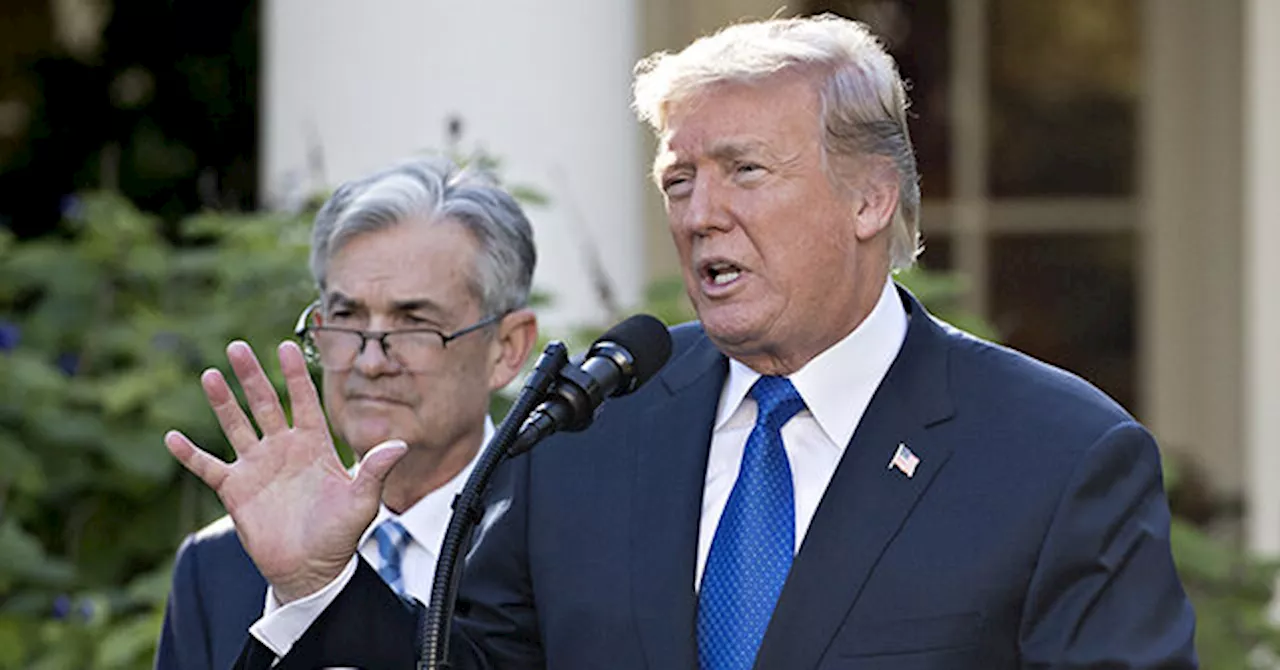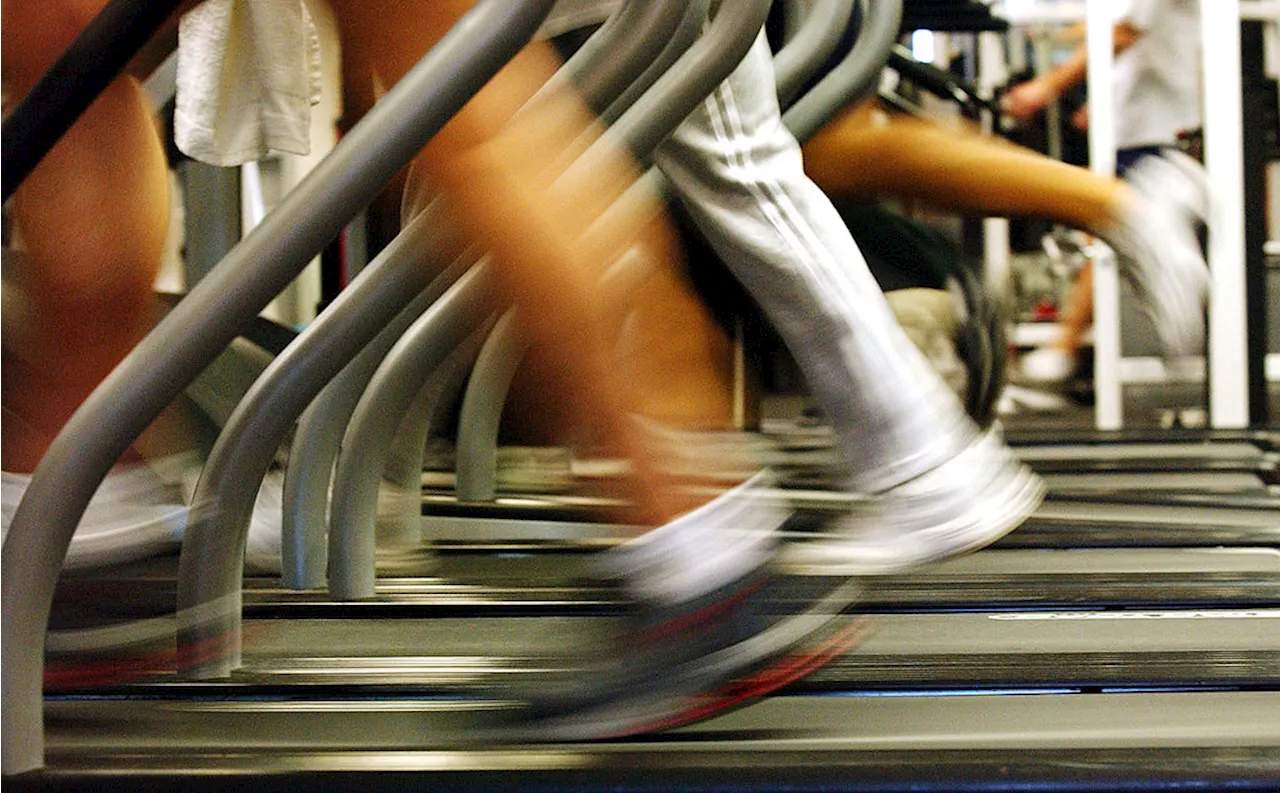This article examines the disconnect between soaring business confidence and the actual economic performance following a new administration. It highlights the importance of consumer demand and full-time employment for driving economic growth, noting concerning trends in these areas.
We suspect that the next iteration of the NFIB index will be a catchup move fueled by an explosion of business owners’ confidence. This should increase CapEx spending, employment, and wage growth . Unsurprisingly, since the election, the NFIB confidence index has surged from some of the lowest readings on record for the past four years to some of the highest.
However, it is not just the improvement of small business owners’ confidence; the CEOs of large companies are also becoming much more optimistic. As shown, and unsurprisingly, there is a correlation between the improvement or decline in CEO confidence and the annual rate of change in the financial markets. The improvement in optimism is unsurprising given the many anti-business policies and regulations implemented by the former administration. With many of the previous regulatory hurdles either being immediately repealed or promised to be, business owners are feeling a renewed sense of hope and are eager to invest and expand. While sentiment is important to business decision-making, economic outcomes can easily reverse it. In other words, optimism must be supported by improving economic activity. For example, small business owners are very excited about the economy’s prospects under the new administration. However, if demand for their products, goods, and services does not improve, there is no reason to increase employment. The chart below shows the current readings of expected employment increases over the next three months compared to hires over the previous three months. Notice the gap between expectations and reality. Despite the surge in confidence, the actual demand for goods and services for small and mid-sized businesses failed to appear. The next chart explains the conundrum between expected sales over the next quarter and actual sales from the previous quarter. While business owners are very excited about sales prospects following the inauguration, that sentiment will quickly reverse if actual sales do not increase markedly. Furthermore, while it is hoped that employment will rise, the need for employment will depend heavily on the magnitude of the demand for the products or services sold. The same holds for capital investment in the economy. Capital expenditures, or CapEx, are also an important driver for overall economic growth, employment, and wage increases. Private investment is part of the overall GDP calculation and correlates closely to the economy’s ebbs and flows. The recent NFIB survey shows that expectations for CapEX have surged to some of the highest levels on record. However, if the underlying economic growth does not rise to support those expectations, which will come from increased sales and employment needs, the plans for capital expenditures will reverse. In other words, if the consumer fails to provide the underlying demand for goods and services, all business owners’ plans are quickly shelved. While there has been an increase in consumer confidence following the inauguration, it is not nearly as optimistic as the plans by business owners. Notably, PCE has been stable over the last two years and in line with historical norms. In other words, without a strong increase in employment and wages, PCE will unlikely grow substantially enough to support more exuberant expectations. Moreover, certain economic indicators suggest that consumer demand may be weakening. Firstly, periods of declining full-time employment generally only occur before recessionary onsets, suggesting that consumer demand is slowing. Secondly, full-time employment is crucial to the consumer demand cycle. Full-time employment provides sufficient wages to support a household and increases demand for goods and services. Unfortunately, full-time employment has declined in recent months, suggesting less economic demand. The chart below shows full-time employment as a percentage of the working-age population. Notably, while business owners are very optimistic about the future following the inauguration, full-time employment has peaked and is declining. Historically, such has only occurred before recessionary onsets, but notably, that decline should not be occurring in a strong economy. Third, wage growth is unlikely to increase substantially if full-time employment declines. Increasing economic demand will be more difficult without wage growth and full-time employment. Crucially, the decline in wage growth only exacerbates the fact wages have failed to keep up with inflation. Such will only increase the drag on economic performance, as consumers cannot increase demand substantially. Certainly, I am not saying that these trends can not reverse sharply higher; they could. However, such a reverse would require a rapid decline in inflationary pressures, a drop in interest rates, and a surge in consumer demand from rising wages and employment.There are several things that investors can do today to navigate a rapidly changing economic backdrop under a new Administration.: A rising stock market driven by speculation rather than strong corporate earnings or economic growth may be vulnerable to corrections
NFIB Index Business Confidence Economic Growth Consumer Demand Full-Time Employment Capital Expenditures Wage Growth Inflation
United States Latest News, United States Headlines
Similar News:You can also read news stories similar to this one that we have collected from other news sources.
 Breitbart Business Digest: Trump Inspired Business Optimism Will Put the Fed on HoldSource of breaking news and analysis, insightful commentary and original reporting, curated and written specifically for the new generation of independent and conservative thinkers.
Breitbart Business Digest: Trump Inspired Business Optimism Will Put the Fed on HoldSource of breaking news and analysis, insightful commentary and original reporting, curated and written specifically for the new generation of independent and conservative thinkers.
Read more »
 US Life Expectancy Recovers but Lags Behind Other Developed CountriesNew study reveals that life expectancy in the US is projected to return to pre-pandemic levels by 2023, but the recovery will be slower than in comparable nations. Unhealthy behaviors and socioeconomic factors are cited as contributing factors to the disparity.
US Life Expectancy Recovers but Lags Behind Other Developed CountriesNew study reveals that life expectancy in the US is projected to return to pre-pandemic levels by 2023, but the recovery will be slower than in comparable nations. Unhealthy behaviors and socioeconomic factors are cited as contributing factors to the disparity.
Read more »
 Squid Game Season 2: Jun-ho's Storyline Lags Behind the Deadly ChallengesSquid Game Season 2 explores the aftermath of Hwang Jun-ho's survival from being shot by his brother, the Front Man. While his journey to uncover the truth behind the games continues, the pacing of Jun-ho's story arc feels uneven compared to the thrilling challenges faced by the players. The show's focus on a sprawling mystery across multiple seasons may hinder Jun-ho's progress, leaving viewers longing for a more immediate resolution to his quest.
Squid Game Season 2: Jun-ho's Storyline Lags Behind the Deadly ChallengesSquid Game Season 2 explores the aftermath of Hwang Jun-ho's survival from being shot by his brother, the Front Man. While his journey to uncover the truth behind the games continues, the pacing of Jun-ho's story arc feels uneven compared to the thrilling challenges faced by the players. The show's focus on a sprawling mystery across multiple seasons may hinder Jun-ho's progress, leaving viewers longing for a more immediate resolution to his quest.
Read more »
 US Homelessness Soars to Record High, California Lags BehindA concerning surge in homelessness across the United States has reached new heights, with California experiencing a smaller increase compared to other states.
US Homelessness Soars to Record High, California Lags BehindA concerning surge in homelessness across the United States has reached new heights, with California experiencing a smaller increase compared to other states.
Read more »
 5G Standalone Network Coverage Still Lags Behind 4GThe article discusses the limited nationwide coverage of 5G Standalone (SA) networks compared to 4G LTE. It highlights that only two carriers in the US currently offer nationwide 5G SA, while many countries globally have adopted this technology.
5G Standalone Network Coverage Still Lags Behind 4GThe article discusses the limited nationwide coverage of 5G Standalone (SA) networks compared to 4G LTE. It highlights that only two carriers in the US currently offer nationwide 5G SA, while many countries globally have adopted this technology.
Read more »
 Seattle Tops List of Cities Best at Keeping Resolutions, Newark Lags BehindA new study by WalletHub analyzed 182 US cities to determine which are best at keeping New Year's resolutions. Seattle ranked highest overall, excelling in categories like health, finances, and relationships. Conversely, Newark, New Jersey, came in as the second worst city for resolution keeping, struggling in areas like health, finances, employment, and access to green spaces.
Seattle Tops List of Cities Best at Keeping Resolutions, Newark Lags BehindA new study by WalletHub analyzed 182 US cities to determine which are best at keeping New Year's resolutions. Seattle ranked highest overall, excelling in categories like health, finances, and relationships. Conversely, Newark, New Jersey, came in as the second worst city for resolution keeping, struggling in areas like health, finances, employment, and access to green spaces.
Read more »
